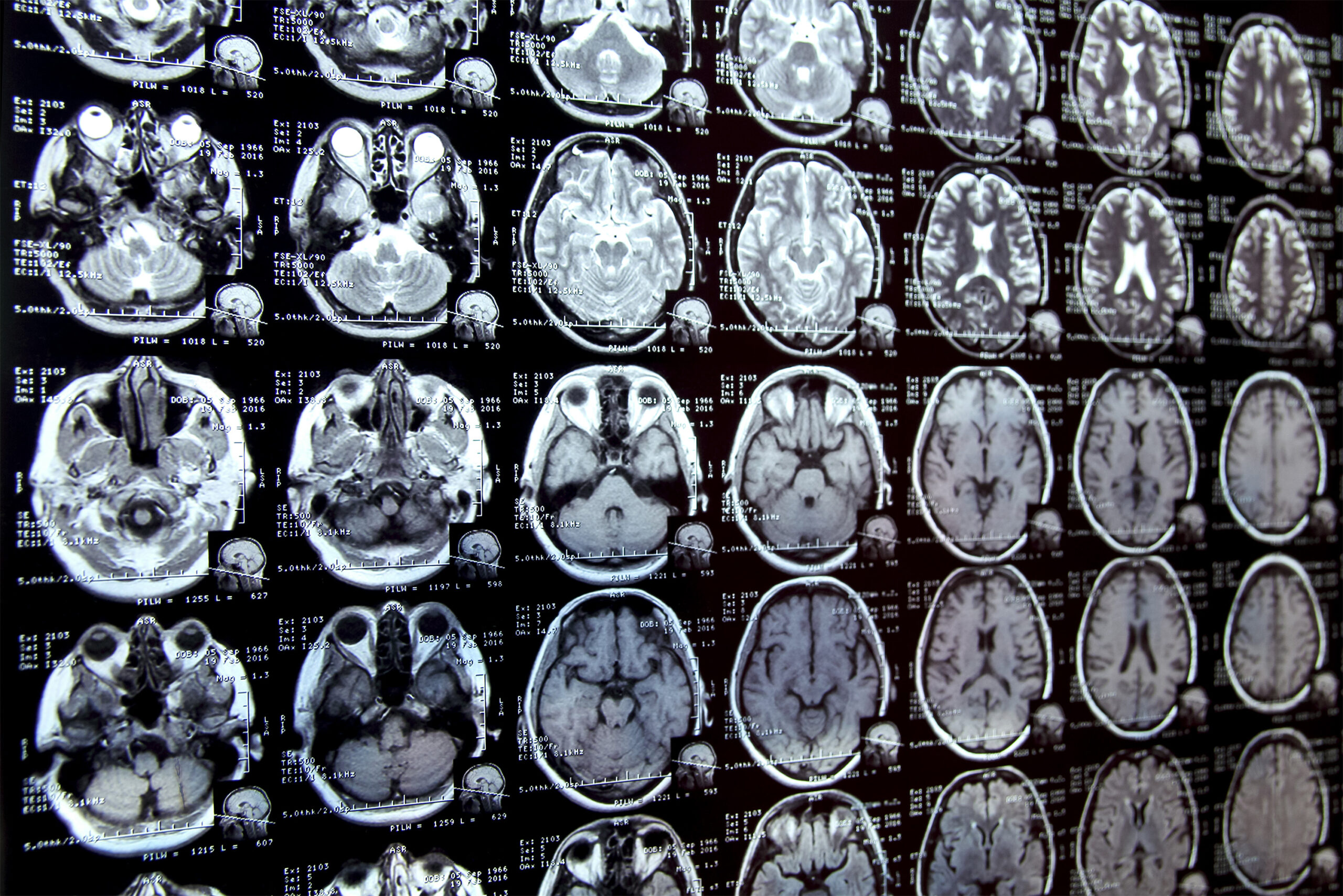US Pursues Ambitious AGI Initiative to Counter China’s Technological Advancements
The United States is gearing up for a high-stakes battle in the global technological race, as the US-China Economic and Security Review Commission (USCC) has proposed a groundbreaking initiative akin to the Manhattan Project. This plan aims to secure a leadership position in Artificial General Intelligence (AGI), a technology that could surpass human cognitive abilities and reshape global power dynamics.
An Era of Strategic Competition in AGI
In its comprehensive 2024 annual report, the USCC presented 32 transformative recommendations to Congress. Central to this report is the proposal for a government-backed AGI program. This initiative would offer long-term contracts to leading AI firms, cloud providers, and data center operators, backed by the Department of Defense’s “DX Rating”—a designation reserved for top-priority national security projects.
This mirrors the urgency seen in past technological races and raises critical questions about the balance between state-led innovation and private-sector ingenuity. The effort could act as a catalyst for advancements in AGI, but the scientific and technical challenges involved remain immense.
Broader Technological Safeguards
The USCC’s recommendations extend beyond AGI development. It calls for new restrictions on imports of advanced humanoid robots from China, citing concerns over their potential use in critical infrastructure and security vulnerabilities. Additionally, the report targets energy infrastructure products with remote monitoring capabilities and strengthens semiconductor export controls to curb China’s domestic chip-making progress.
One of the most striking proposals involves the creation of an Outbound Investment Office. This body would oversee and restrict US capital and expertise from aiding China’s technological advancements in sensitive sectors, marking a significant shift in trade policies and investment flows.
Redefining Trade and Economic Relations
The report also advocates for the elimination of China’s Permanent Normal Trade Relations (PNTR) status, a move that would profoundly reshape the technology supply chain. By reducing economic interdependence, the US aims to mitigate risks posed by China’s increasing technological self-reliance. Enhanced data transparency and stricter reporting requirements on international investments are also emphasized to close existing oversight gaps.
Challenges in Implementation
While the recommendations are ambitious, implementing them poses significant challenges. AGI development is a complex scientific endeavor that may not yield immediate results, even with substantial funding. Moreover, imposing trade restrictions and export controls could disrupt global innovation networks, potentially backfiring on US industries that rely on international collaboration.
Despite these hurdles, the USCC underscores the need for multilateral cooperation with allies to ensure the effectiveness of these measures. Collaborative approaches to export controls and investment screening are essential to maintaining a united front in the technological competition with China.
Global Implications of the US-China Tech Rivalry
As China accelerates its push for technological self-sufficiency, the stakes in the US-China tech rivalry continue to rise. China’s advancements in quantum computing, AI, and semiconductor manufacturing highlight its determination to dominate next-generation technologies. For the US, this rivalry is not merely about maintaining technological leadership but also about safeguarding national security and economic stability.
To explore the broader implications of emerging technologies like blockchain, IoT, and AI in reshaping industries and global power dynamics, check out The Synergy of Blockchain, IoT, and AI in Driving Digital Transformation.
Whether these recommendations will accelerate innovation or create new regulatory complexities remains to be seen. However, one thing is certain: the US-China rivalry has entered a new phase where government policies and technological advancements are deeply intertwined.







